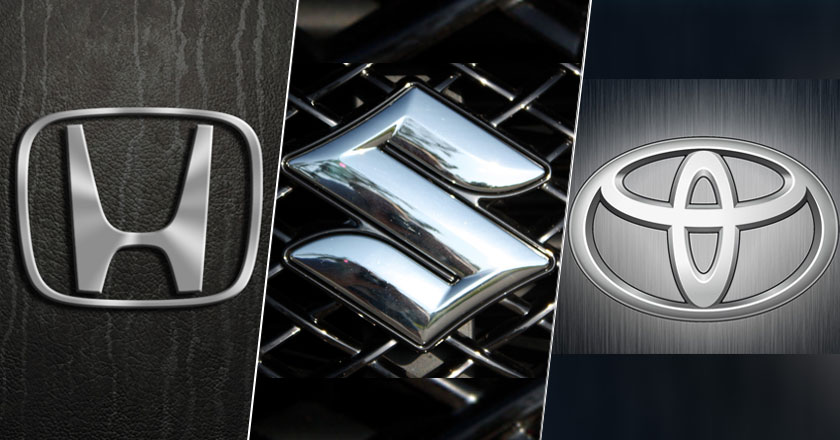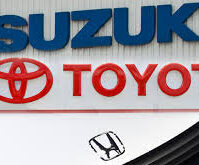In the dynamic landscape of global automotive markets, Pakistan stands as a unique player with its own set of challenges and opportunities. While not typically lauded as a powerhouse in automobile manufacturing, Pakistan’s automotive industry has carved out a niche for itself in recent years, propelled by a growing population, increasing urbanization, and government initiatives aimed at promoting local production and attracting foreign investment.
Historically, Pakistan’s automotive sector has been dominated by a handful of local manufacturers, with companies like Pak Suzuki, Honda Atlas, and Toyota Indus Motors leading the pack. These companies have long been synonymous with the Pakistani automotive market, producing vehicles ranging from compact hatchbacks to robust SUVs to cater to diverse consumer needs. However, the industry has faced its share of hurdles, including inconsistent government policies, limited technological advancements, and fierce competition from imported vehicles.

One of the key factors influencing the dynamics of Pakistan’s automotive industry is the country’s evolving regulatory environment. Government policies regarding tariffs, taxes, and import duties have a significant impact on the cost and availability of vehicles, shaping consumer preferences and industry trends. In recent years, the government has taken steps to encourage local production and investment in the automotive sector through incentives such as reduced duties on imported parts and components for local assembly.
Moreover, the implementation of the Auto Policy 2016-21 aimed to attract foreign investment and promote innovation in the automotive industry. This policy introduced various incentives for new entrants, including tax breaks, subsidies, and localization targets, in an effort to diversify the market and reduce dependence on traditional players. As a result, several international automakers have expressed interest in setting up manufacturing plants in Pakistan, signaling a potential shift in the industry landscape.
Another significant development in the Pakistani automotive industry is the growing focus on electric vehicles (EVs) and alternative fuel technologies. With increasing concerns about environmental sustainability and rising fuel prices, there is a growing demand for cleaner and more energy-efficient transportation solutions. While EV adoption in Pakistan is still in its nascent stages, initiatives such as the Electric Vehicle Policy 2020-25 aim to promote the use of EVs through incentives for manufacturers and consumers, infrastructure development, and research and development grants.
Furthermore, the rise of digitalization and connectivity is reshaping the automotive landscape globally, and Pakistan is no exception. The integration of advanced technologies such as artificial intelligence, internet of things (IoT), and autonomous driving capabilities is revolutionizing the way vehicles are designed, manufactured, and operated. In Pakistan, this digital transformation presents both challenges and opportunities for local manufacturers to adapt to changing consumer preferences and technological trends.
Despite these promising developments, the Pakistani automotive industry still faces several challenges that need to be addressed. These include infrastructural constraints, supply chain inefficiencies, skilled labor shortages, and regulatory barriers. Additionally, the COVID-19 pandemic has further exacerbated these challenges, disrupting production schedules, disrupting supply chains, and dampening consumer demand.

In conclusion, Pakistan’s automotive industry is at a crossroads, poised for growth and transformation in the coming years. With the right mix of government support, private sector investment, and technological innovation, the industry has the potential to emerge as a significant player in the global automotive market. However, addressing key challenges and fostering a conducive business environment will be crucial in realizing this potential and driving sustainable growth in the years to come.




1 thought on “A Perfect Graph of The Automotive Industry on Pakistan, 2023-2024”